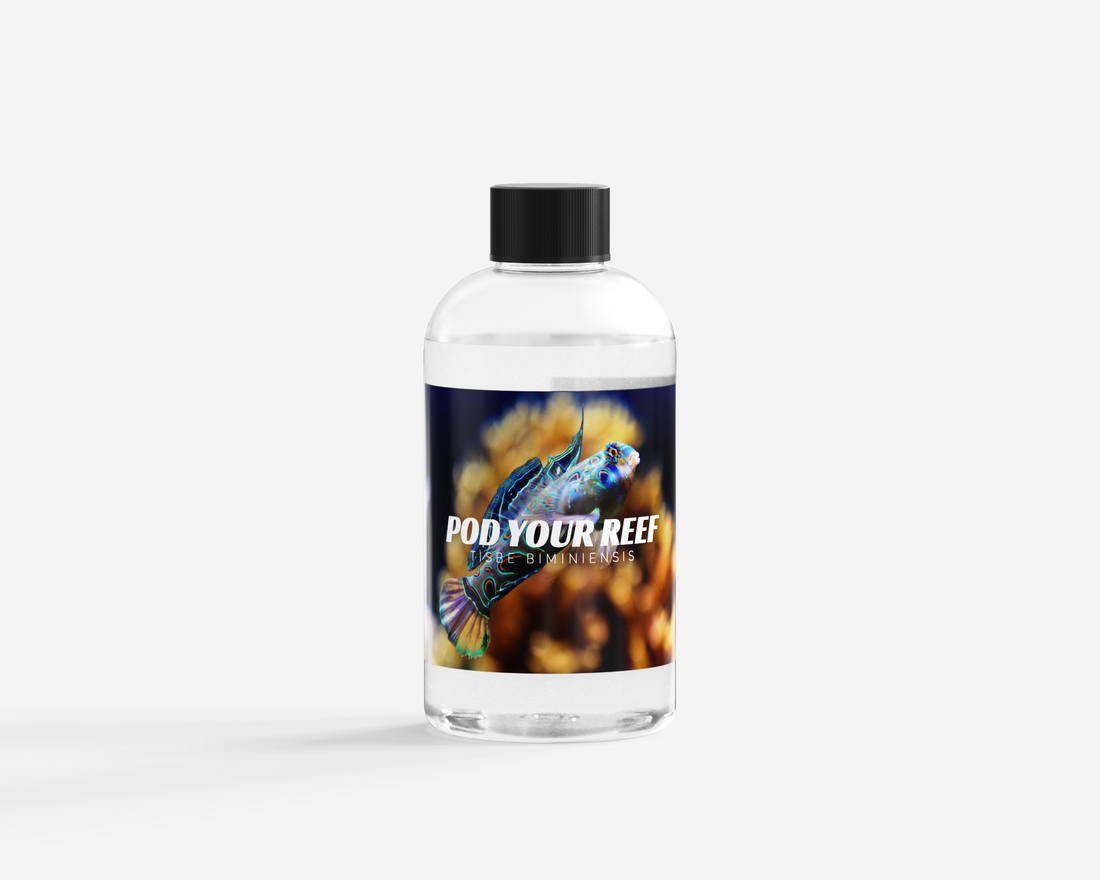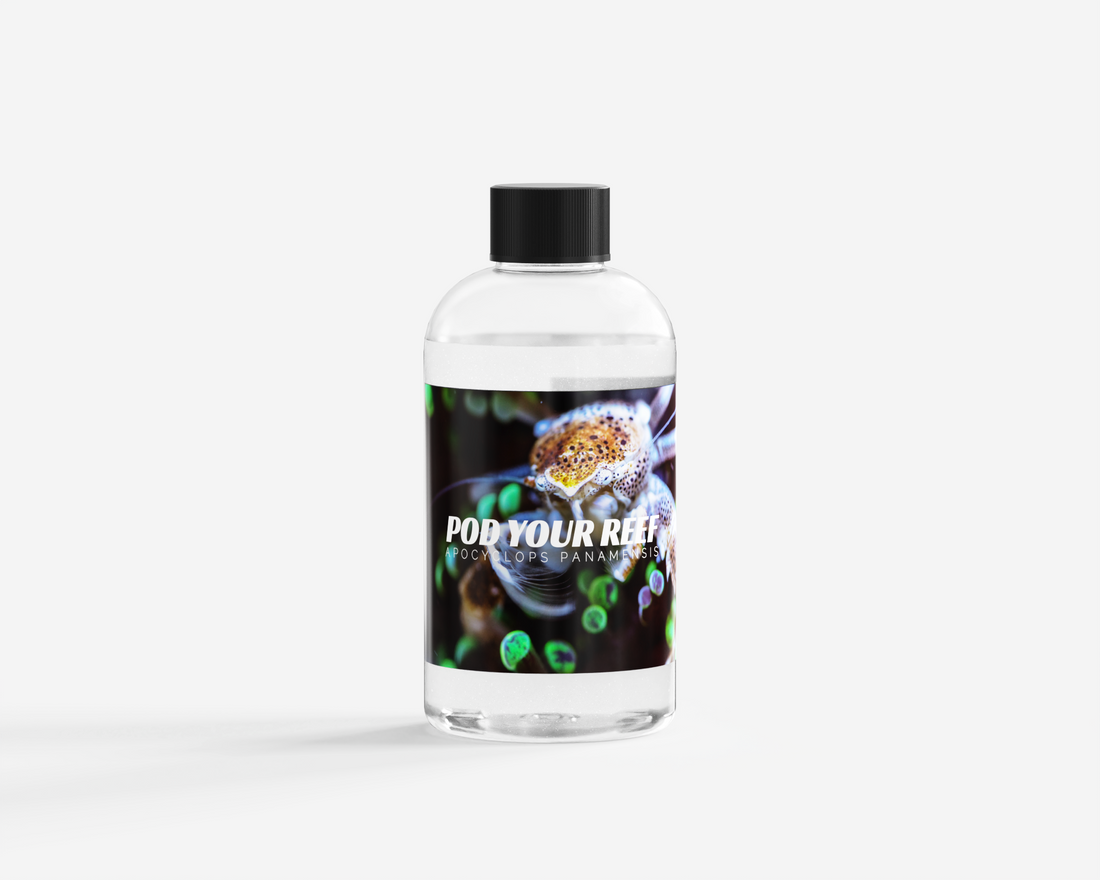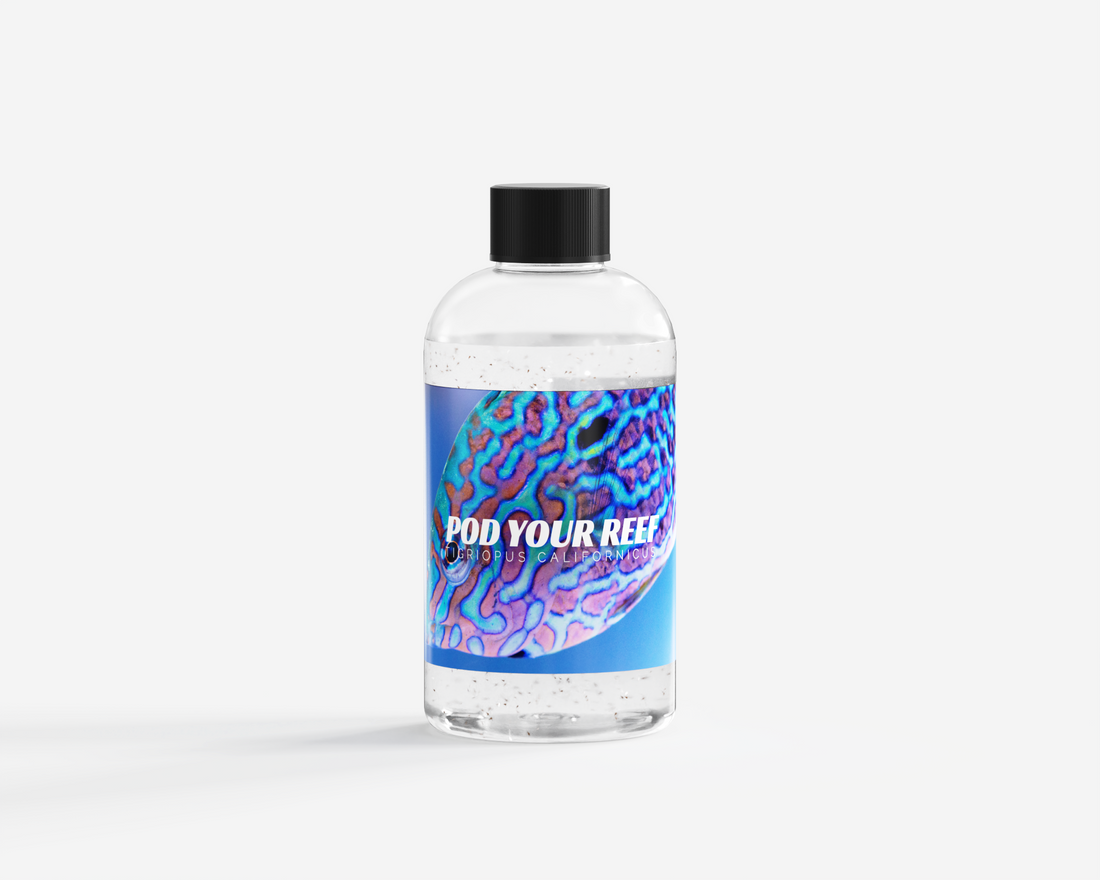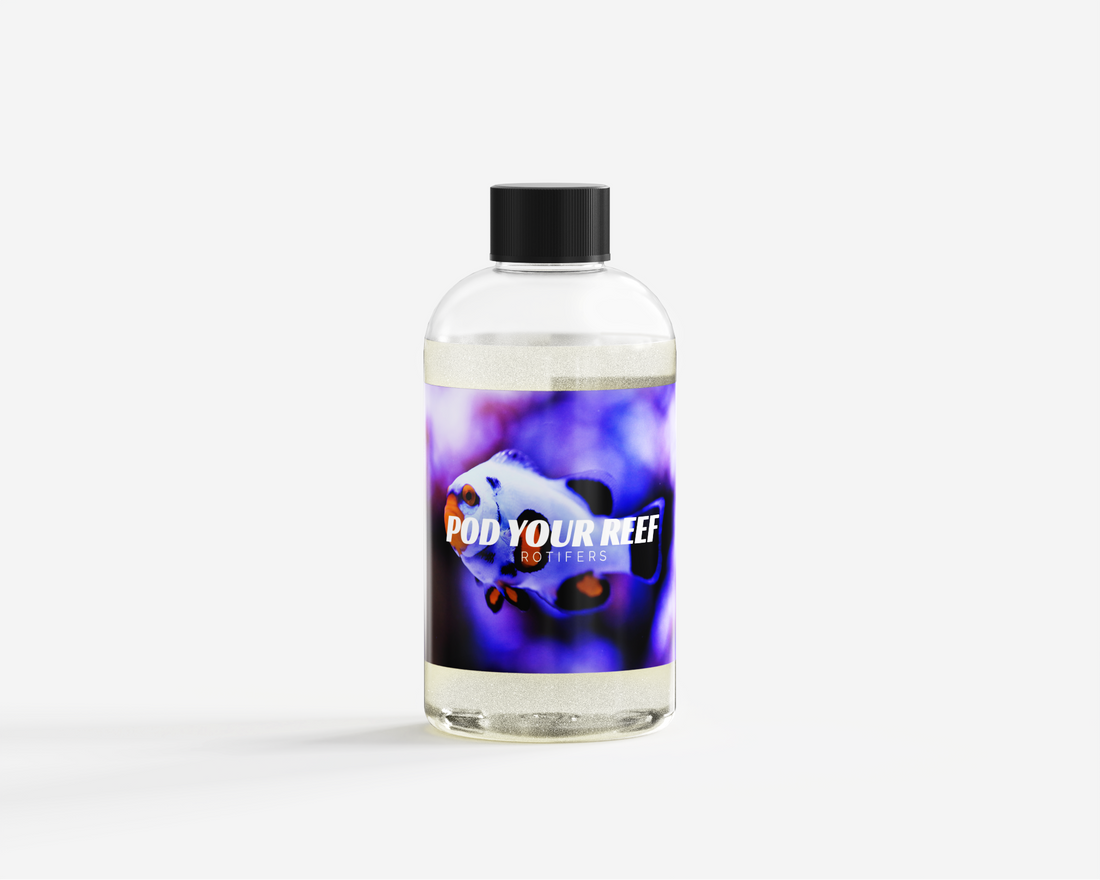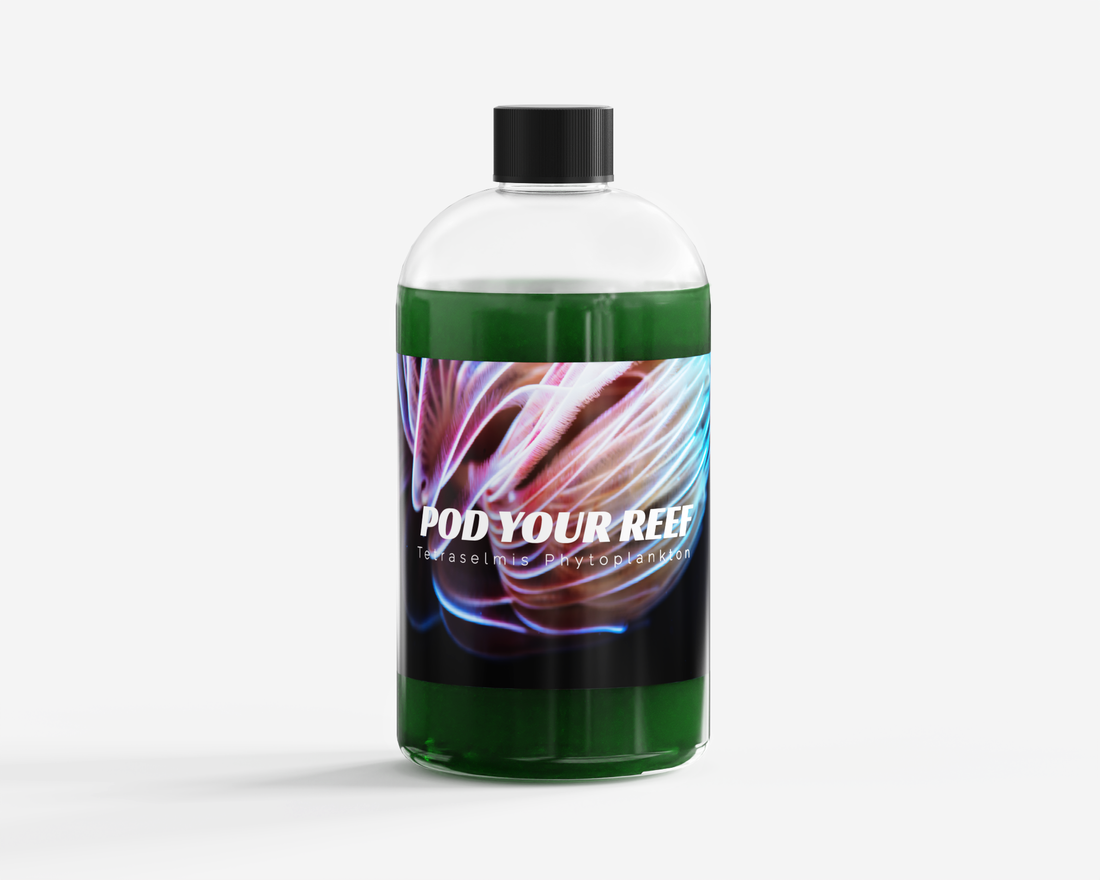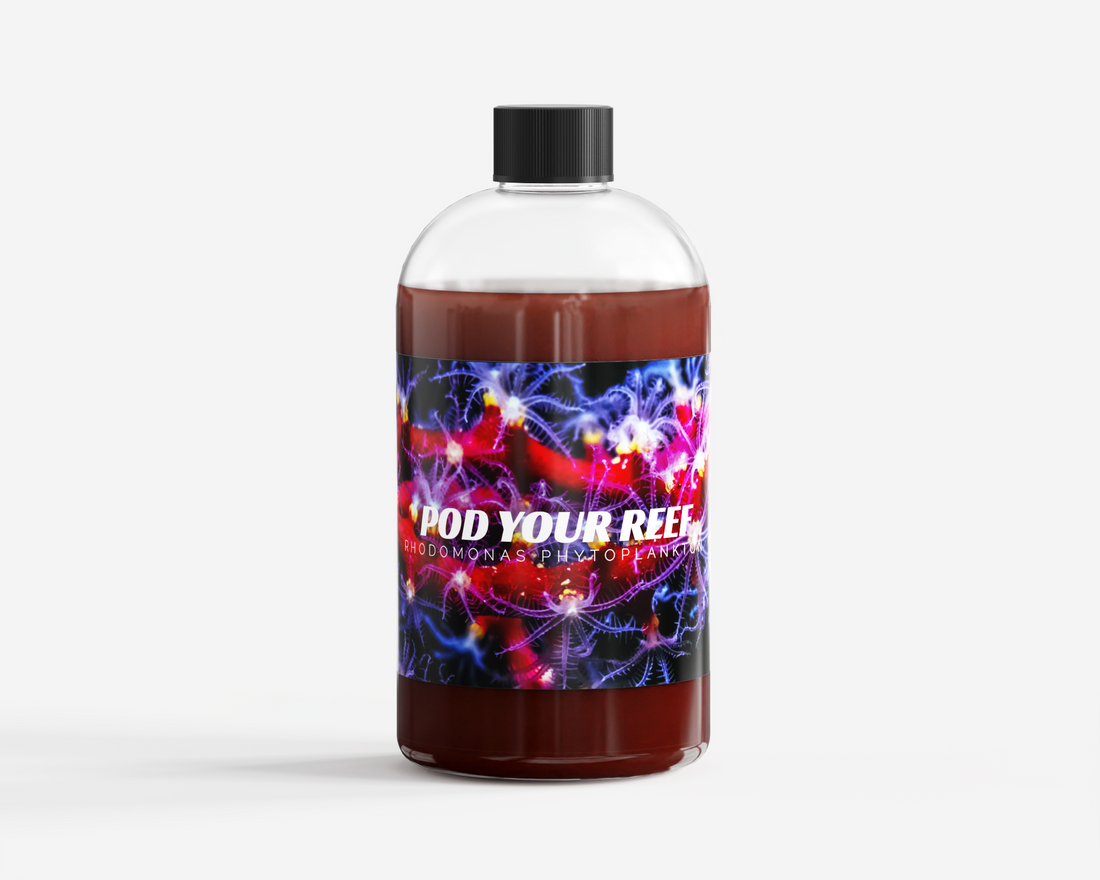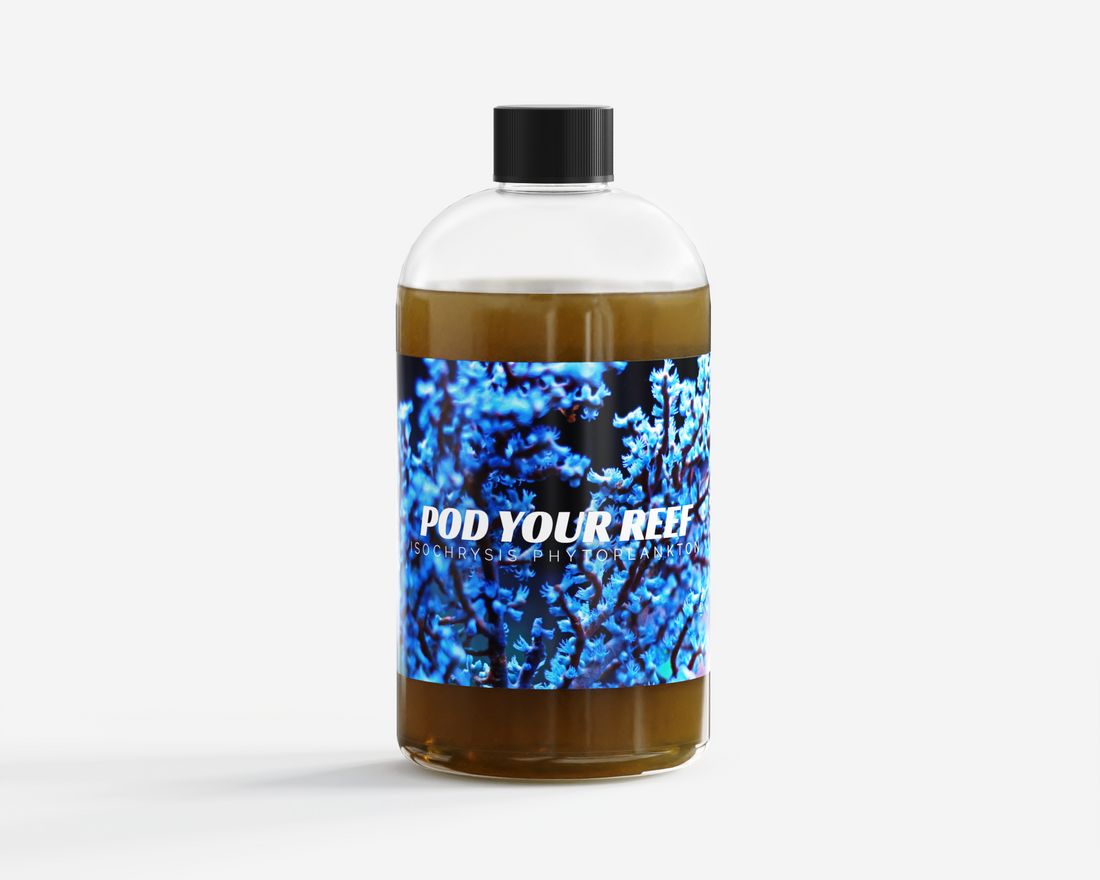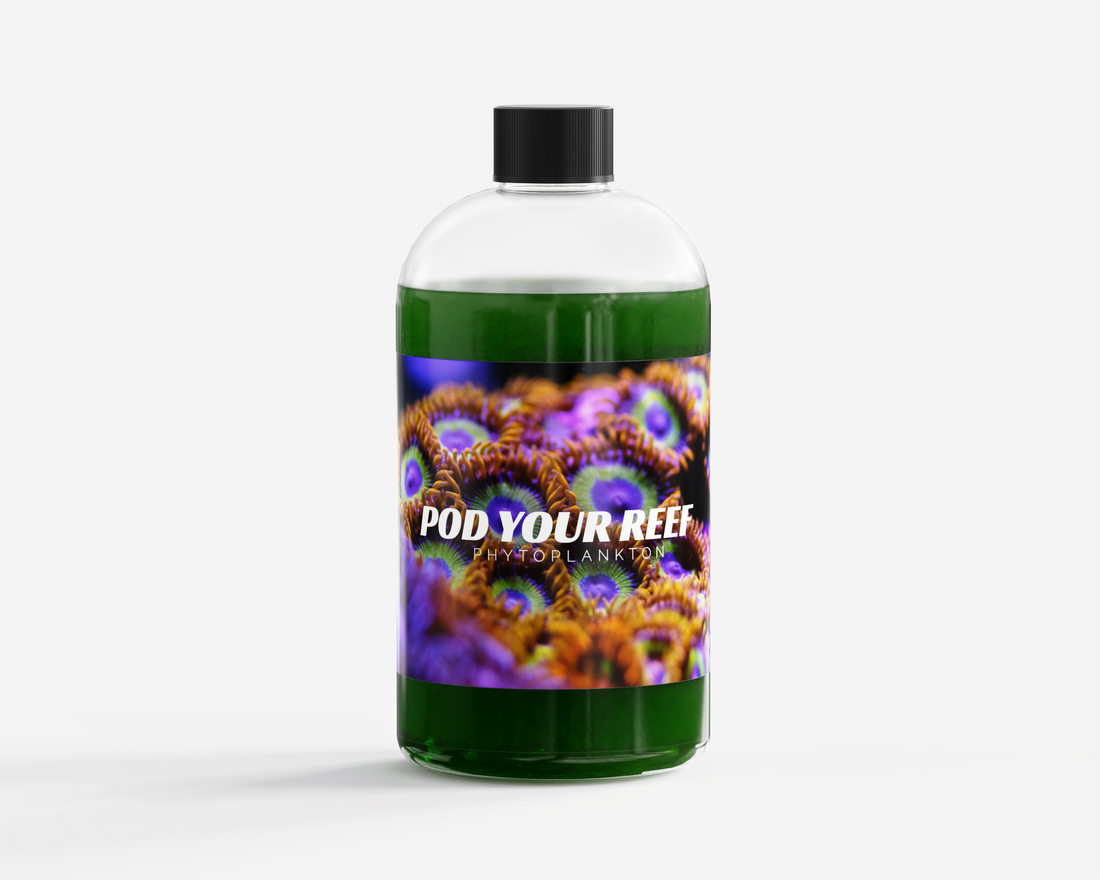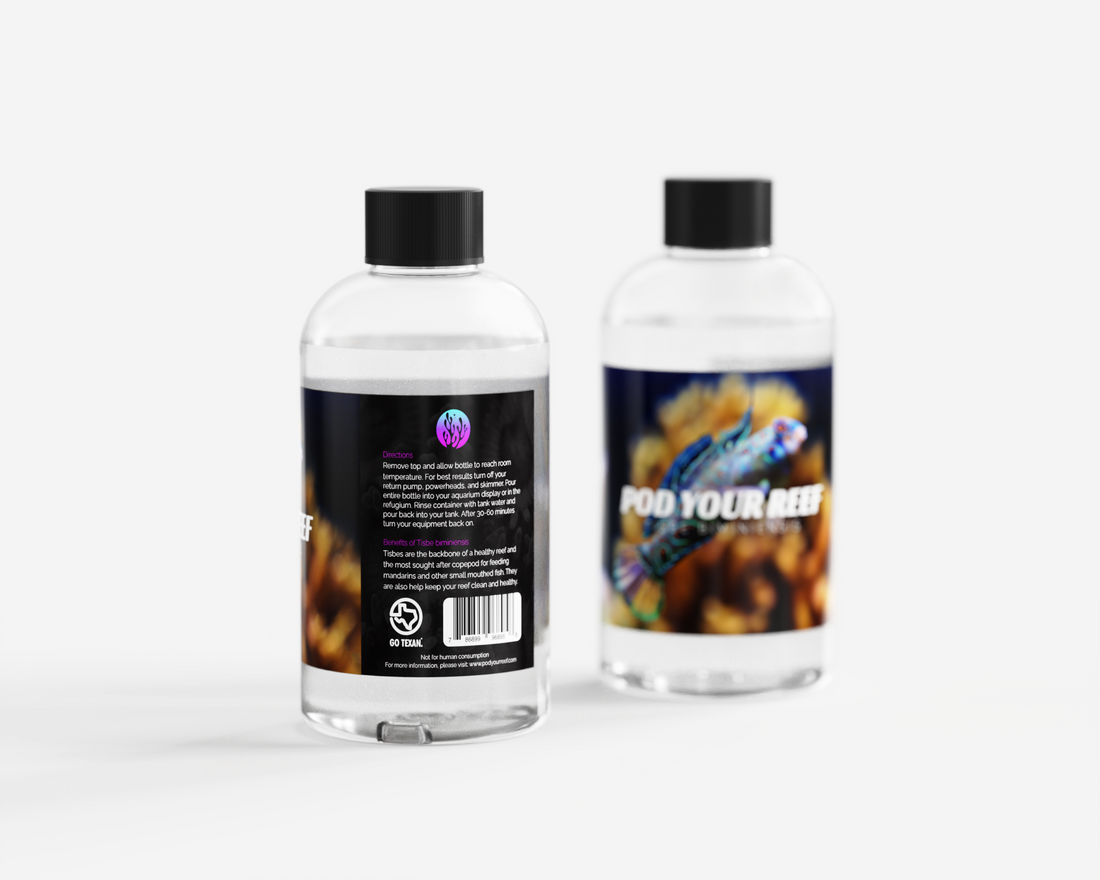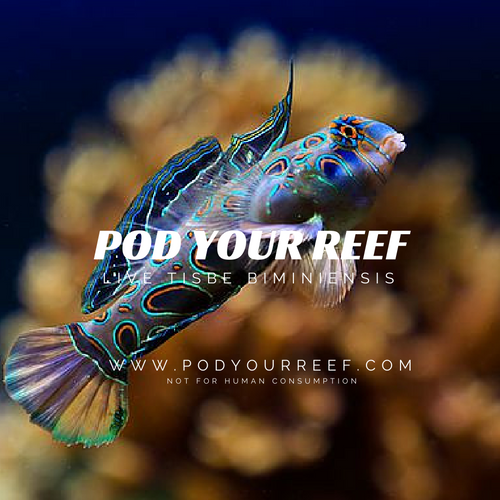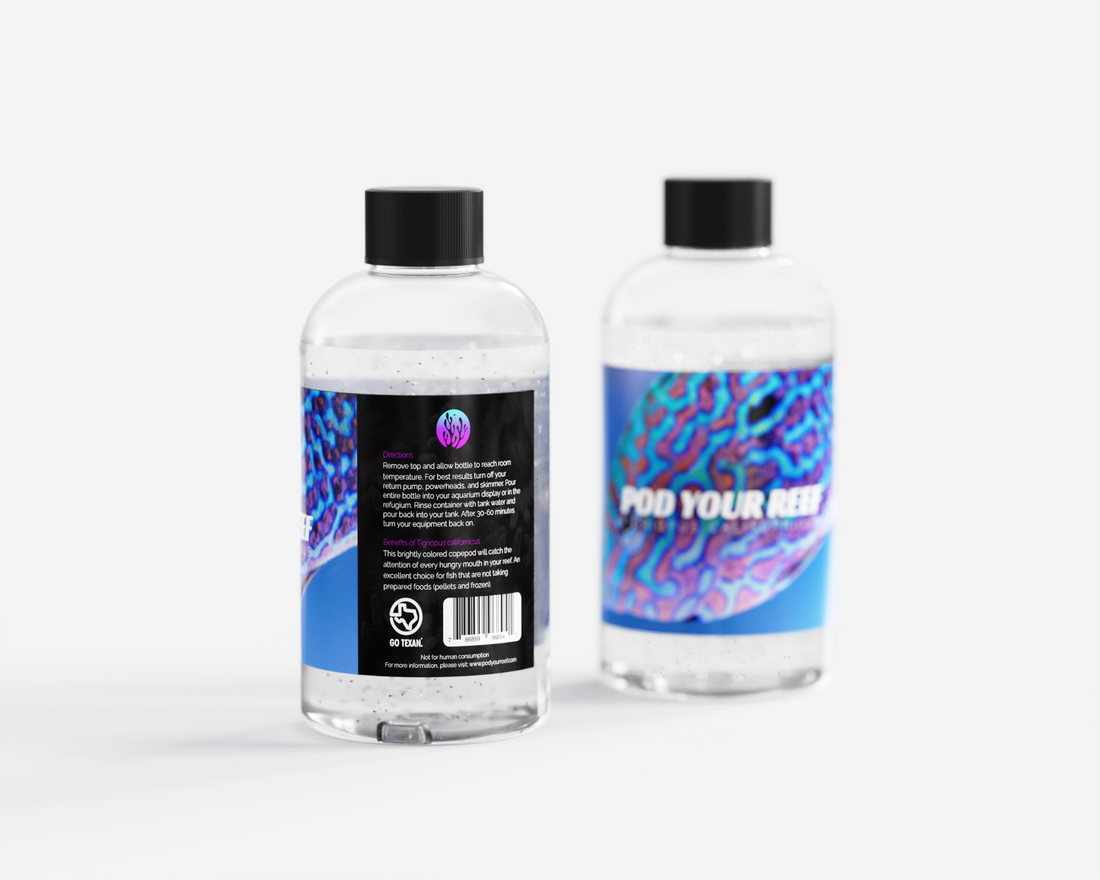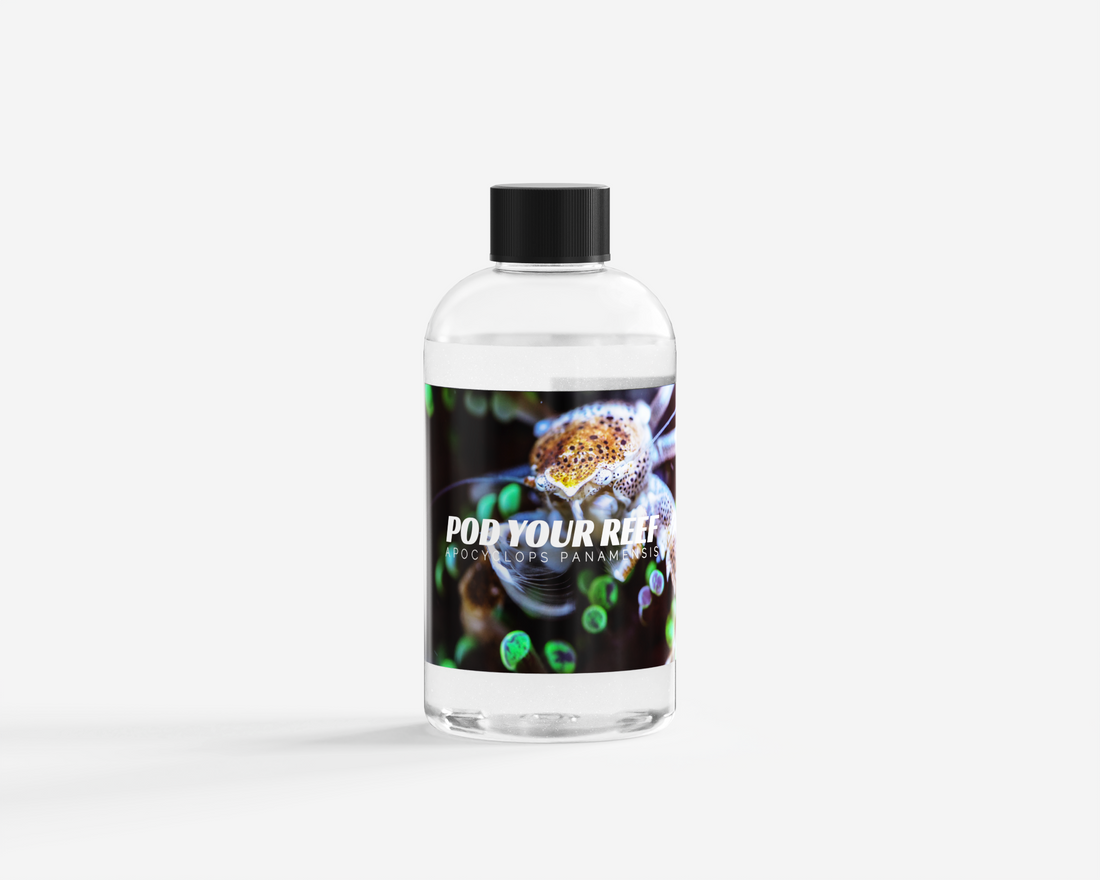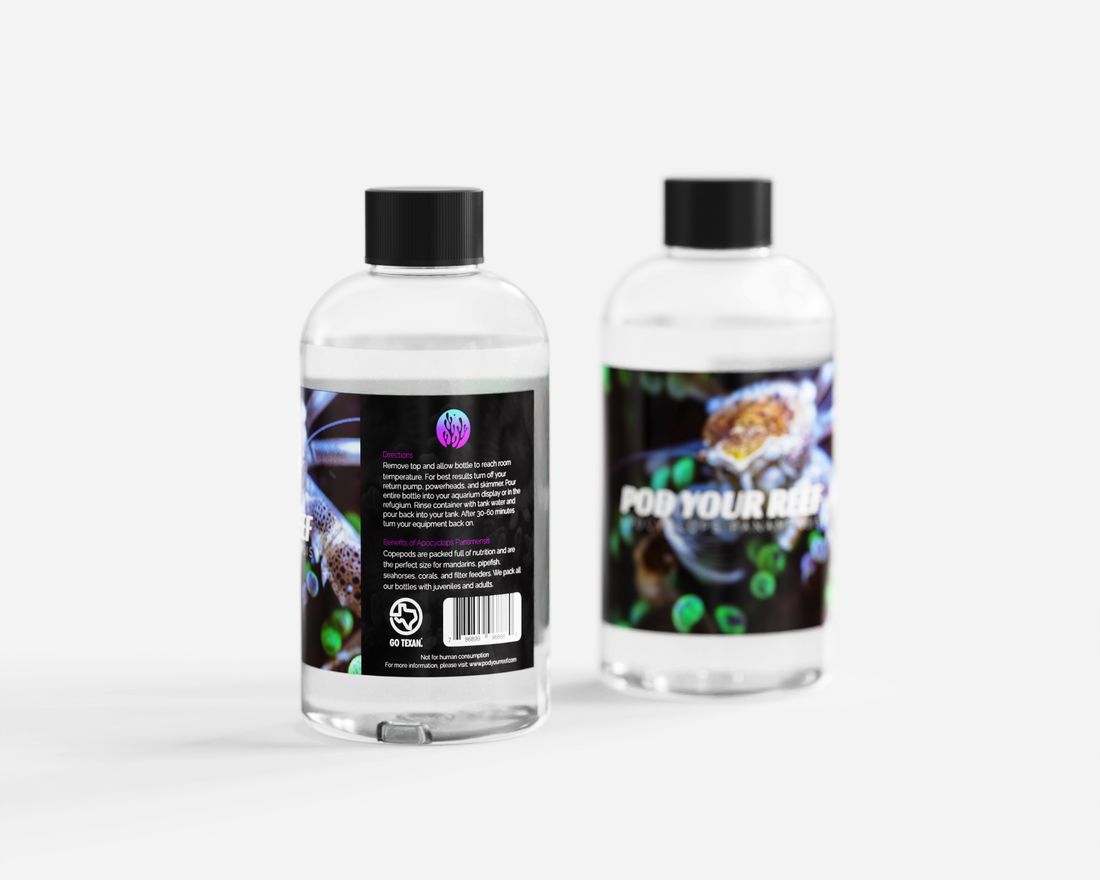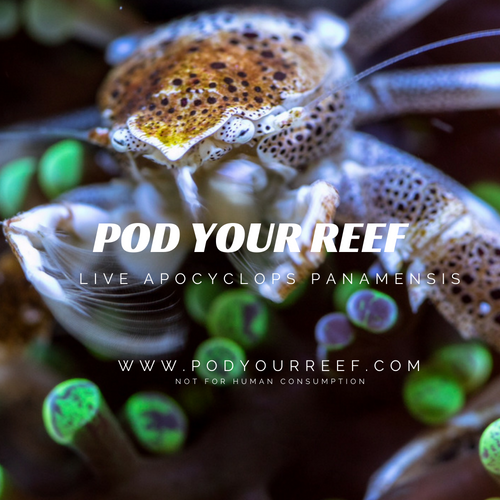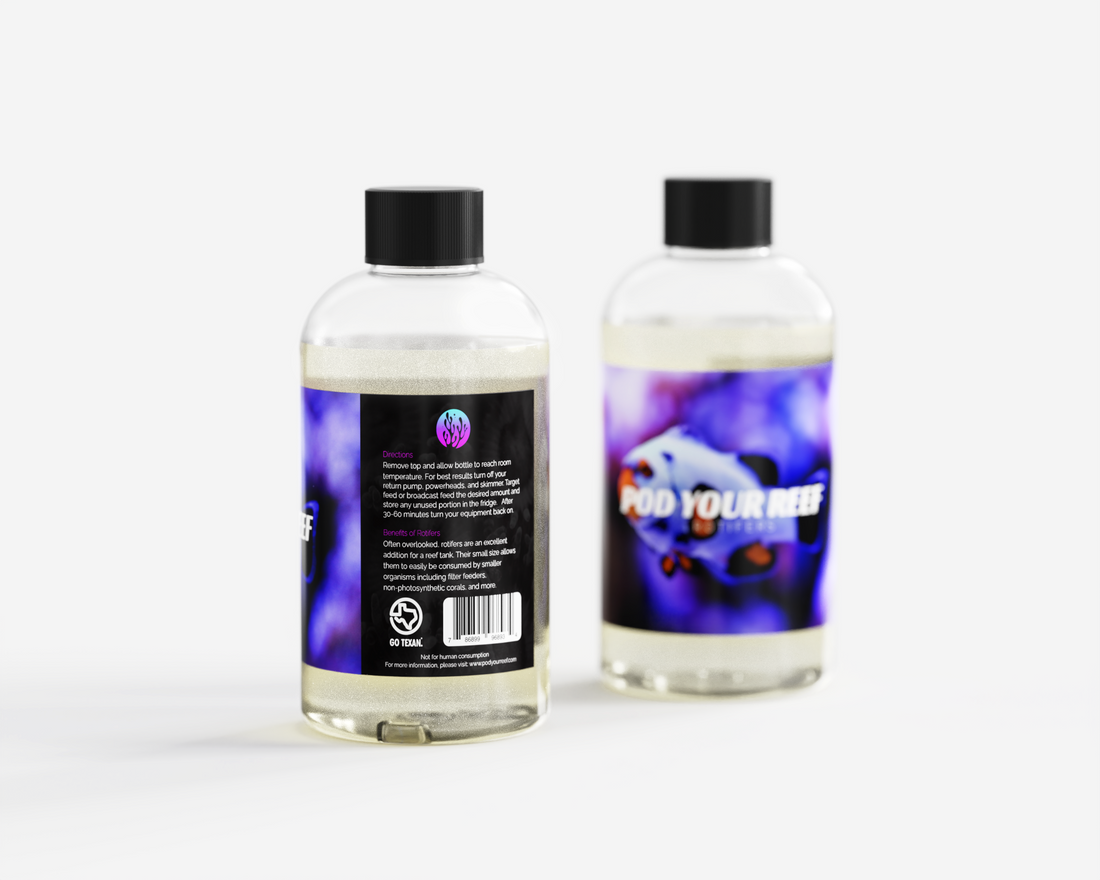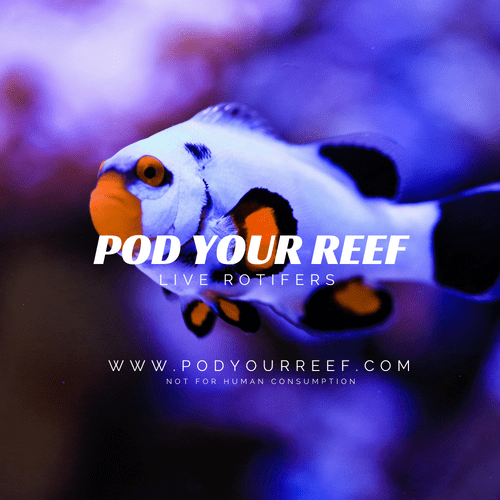
Care
The Different Sizes of Copepods in Reef Tanks: A Guide
The Different Sizes of Copepods in Reef Tanks: A Guide
Copepods are a type of small crustacean that are commonly found in reef tanks. They play a crucial role in the ecosystem of the tank, serving as a food source for fish and other marine animals. One of the interesting things about copepods is that they come in a range of sizes, from very small to relatively large. In this blog post, we'll take a closer look at the different sizes of copepods that can be found in reef tanks and the role that they play in the ecosystem.
The smallest copepods are known as nauplii, and they are typically less than 0.5 mm in length. These tiny copepods are a crucial part of the marine food chain, serving as a food source for other small creatures like fish larvae. As they grow, nauplii molt and shed their exoskeletons, eventually becoming copepodites.
Copepodites are slightly larger than nauplii, and they range in size from 0.5 mm to 1 mm. They are an important food source for many different types of fish and invertebrates, including some species of coral. Copepodites also continue to molt and shed their exoskeletons as they grow, eventually becoming adults.
Adult copepods are the largest stage of the copepod life cycle, and they can range in size from 1 mm to several millimeters. They are an important food source for many different types of fish, including some of the larger species that are commonly kept in reef tanks. In addition to serving as a food source, adult copepods also play a role in the tank's ecosystem by helping to keep algae and other unwanted organisms in check.
In summary, copepods come in a range of sizes, from very small nauplii to relatively large adults. They are an important part of the marine food chain and play a crucial role in the ecosystem of a reef tank. By providing a diverse range of sizes, copepods can serve as a food source for a wide variety of different fish and invertebrates, helping to keep the tank healthy and thriving.

